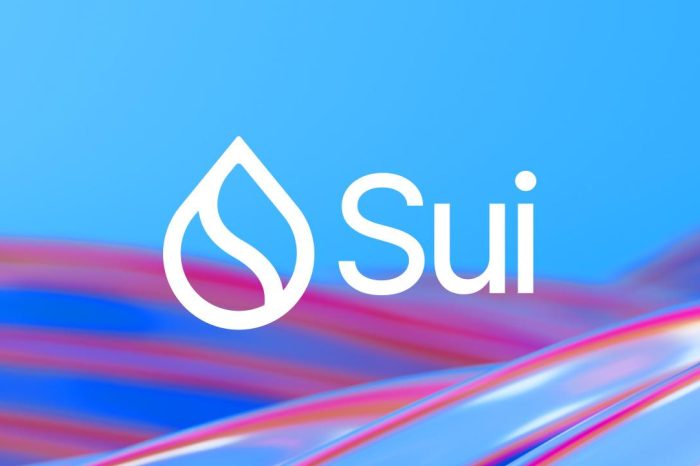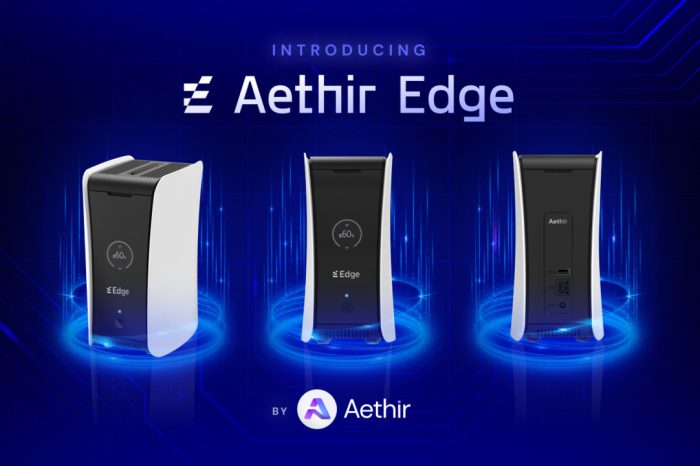I really don’t know. I am not an official tracker of software so I am unsure if recruiting software is an anomaly or if this is a trend for software in general. Like cell phone choices, recruitment software options have gone from only a handful in the late 80’s to hundreds, perhaps well over a thousand now, so how do you choose? I get confused trying to buy a new cell phone and that is not a life or death decision for me. But for small, third-party recruiting businesses, deciding on recruiting software can be a life or death decision for that business.
Ok, here is my best guess as to why there are so many recruiting software (also known as applicant tracking or staffing software) packages to choose from. I think the production of recruiting software mirrors the industry. Anyone can become a recruiter and start a recruiting firm – just pick up the phone and start calling companies, ask if they have any unfilled positions that they would be willing to pay a fee to fill and get them to agree that you’re the one to fill those positions for them. Voila! The birth of a new recruiting firm. Like new recruiting firms, the recruiting software apple doesn’t fall far from the tree. A new recruiting software system pops up every few minutes or so to support the once-I-was-a-used-car-salesman-but-now-I-am-a-recruiter and their particular idea of what a recruiting software package should do.
But, like lightening bugs, these recruiters and recruiting software packages shine for a few hours or days and then are gone forever. I think it is good for the surviving recruiting software developers because it keeps us on our toes. These little lightning bugs contribute to the gene pool with some good ideas. Heck, they even contribute what I think are bad ideas but some recruiting companies think are great innovations. So we have a litmus test going on before our very eyes as recruiting firms using bad-idea software packages try to make them work. Will they survive and turn a bad idea into a good idea? I love to just hang around and watch.
As established recruiting software vendors we have are faced with a double edged sword when new recruiting software hits the market. We can never relax because we are always being compared to the latest whiz-bang, out of the box ideas but we are also getting peeks at some really great ideas for enhancing and developing our existing products. And if we’re not paying attention, our clients make sure we are.
The established recruiting industry customer base never hesitates to let applicant tracking software developers know what’s out there because they get bombarded with it on a daily basis. Recruiting software peddlers are like credit card companies. You get about 10 offers by mail and five phone calls every day from credit card companies and the recruiting software industry isn’t far behind. Our customer base is being presented with new applicant tracking or recruiting software systems on a daily basis. And the owners of these recruiting or staffing firms are not only being driven insane with the direct marketing, they have a horde of double agents inside their own company.
For example, let’s take a company with five recruiters that hires a new, ‘experienced’ recruiter. He doesn’t like the existing recruiting software system they are using and prefers using product X because that is what he used before and he thinks it is cool. The poison starts working its way into the comfortable little recruiting firm and soon all of the recruiters are more focused on the tool than on doing their job. The hot shot recruiter moves on because he had not made any money in six months and leaves behind a trail of destruction.
The firm is left in disarray because they were taken off stride and swept up in the narcotic-like winds of new recruiting and staffing software products. These new products shine like diamonds on the beach and off the recruiters go, abandoning their jobs for the promise of riches that lie there waiting in the sands. Alas, the shiny objects are only shards of glass and your business is left bleeding and trying to recover.
And what of these new, flash-in-the-pan recruiting products? I wish I had a dollar for every time I get this message when a customer tells me to check out a new recruiting software product: “URL not found…..”
It’s no wonder the confusion over what to buy is so widespread. So what do business owners and recruiters do when trying to find recruiting software in this live or die jungle? We have several articles on our BlackDog Recruiting software web site to help with the process but a piece written by Carl Kutsmode last year in a discussion group still stands out in my mind.
“I am familiar with many of the popular systems and a few tips I can offer that will help you narrow your search quickly are as follows:
1) First – Be sure to evaluate your current recruiting process and practices first to identify what is working well vs. areas that need improvement BEFORE you go shopping or commit to any system.
2) Once you know your current gaps — determine and make all the changes you can afford to make before putting in the new system as it is far more cost effective to implement new technology on good process and practices than to retrofit on bad processes.
3) After process improvements are made, make a list of gaps still remaining that need to be addressed and prioritize them. Focus on your top 10 -15 MUST HAVE system capabilities and features when reviewing vendor options.
4) When vendors do a demo — ask them to tailor the demo to those top 10 things that are critical for you to address so you can truly evaluate how each will functionally address your needs. If possible — insist on a live demo — not a PowerPoint overview of capabilities.
5) Once you narrow your vendor choices to your top two or three vendors — then consider costs. Until this point, don’t make price a factor in narrowing your selection. More often than not, I find that my clients eliminate vendors purely on price and they end up spending 10X more trying to get a lower cost vendor solutions customized to meet their needs.
6) When negotiating the final deal, be sure to compare apples to apples. Some vendors include user training up front and ongoing as well as a certain number of customized reports so their total price may be higher than another vendor that has a base cost for the system and charges a la carte for everything else — which in the end may be more expensive in the long run.
7) In negotiations — best to negotiate in Q4 — as close to year end as possible. All companies want to make their yearend numbers look good so you can sometimes get the best deals at this time of year. If buying during other times of the year — just try and close the deal close to the end of a quarter for similar negotiating power. Always negotiate with your two finalists and accept the best overall value for your budget –which may not always be the lowest price.
8) Be sure you get to meet or have input into your implementation team project lead as that is the person who can impact your timeline and overall costs the most if they mess up.
9) When rolling out to the business / end users — be sure to have a change management plan that includes proper expectation setting that the system won’t be perfect out of the box. Also provide a forum for 24X7 user feedback and weekly Q&A training sessions for the first 90 days if possible. This will minimize frustrations and accelerate user adoption.”










